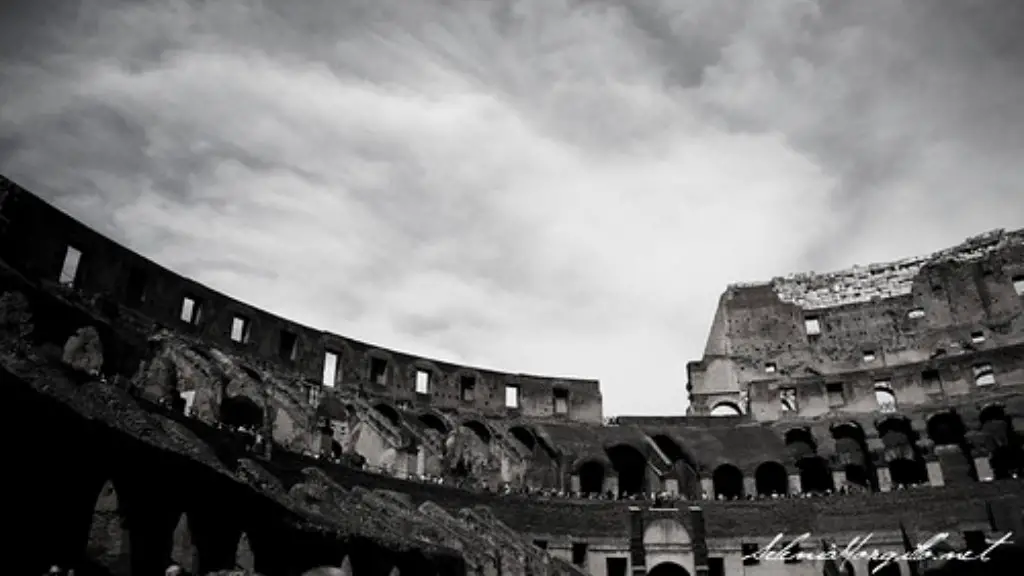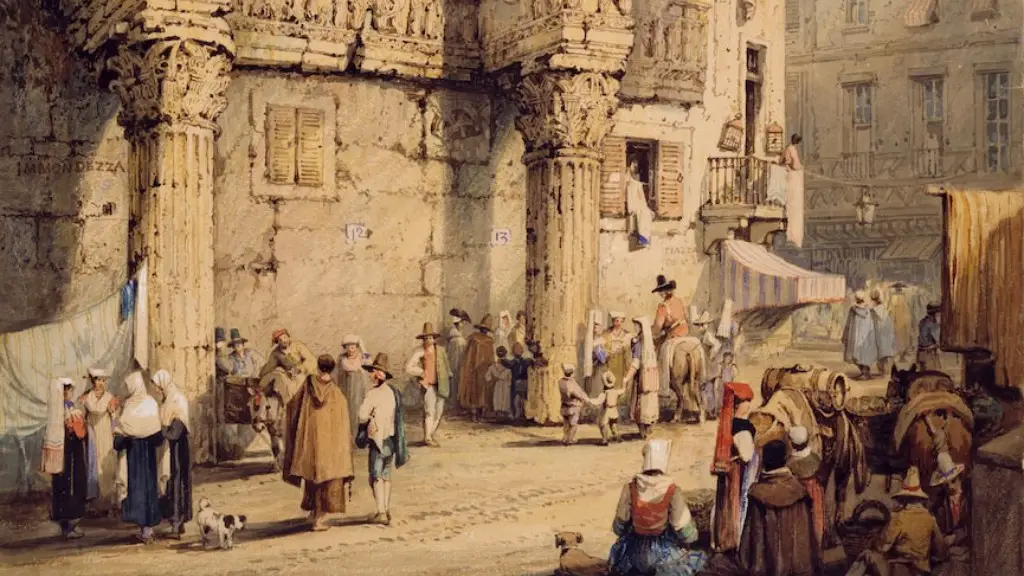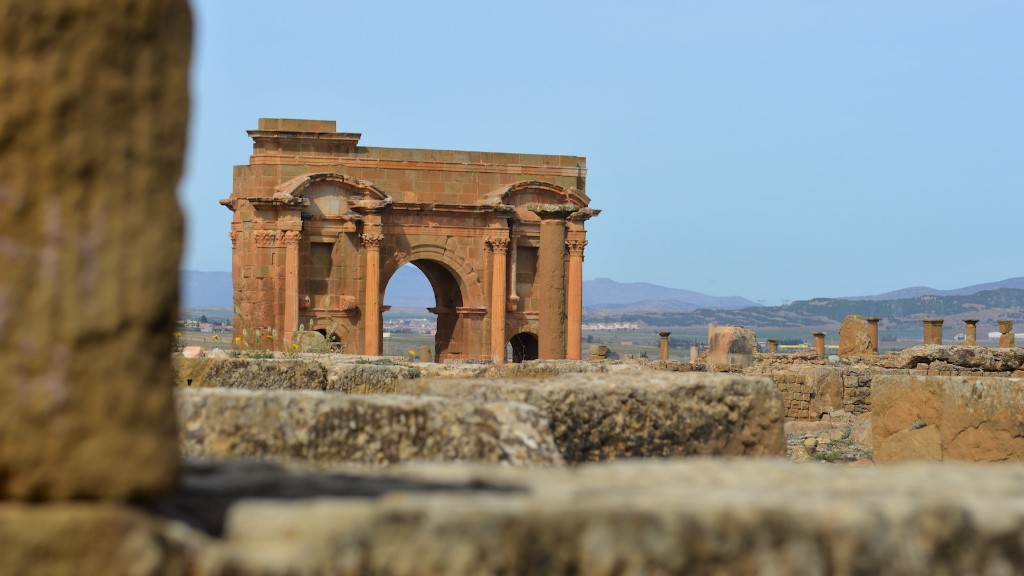The ancient romans enjoyed drinking a variety of beverages, from beer and wine to liquors and juices. A look back in history shows us a glimpse of what roman beverages were like and the surprising way that some continue to make an impact today.
Wine was a staple in the diet of the ancient roman, both for the upper and the lower classes. It was used not only as a drink but also to religious ceremonies and various medical purposes. Romans would usually add water to the wine to make it less strong and more pleasant for drinking. They would typically use a mixture of about three parts of water to one part of wine. The most favoured wines of the high sets were those made in Campania, around the Bay of Naples.
Beer was also consumed by the romans, but to a lesser extent. It was typically regarded as an inferior beverage and was mainly produced for humbler consumption. Beer was expensive to make and so it was not commonly available amongst the wealthy classes and could only be found in taverns.
In addition to wine and beer, the romans also made a variety of liqueurs. One of the most popular was called mulsum, which was a blend of wine, honey and spices. This was often made as an offering in religious ceremonies. Another was called conditum, which was made from wine and various herbs and spices.
Fruit juices were also a popular beverage of the ancient romans, although not to the same extent as wine and beer. Apples and pears were the most often juiced fruits. Vegetable juices were also enjoyed, such as those from cucumbers, beets and carrots.
An interesting fact is that some of these roman drinks continue on today in modern form. For example, mulsum can be seen in the form of mulled wine, which is a popular winter beverage all over Europe. Conditum has its modern version in the form of mulled cider, which is very popular in the United Kingdom. Roman wine, beer and juice recipes have also been resurrected and are now popular in modern versions.
Weddings
Weddings were an important occasion in Roman times, as they are today. Alcohol was served throughout the day, both to guests and the bride and groom. Wines were a common choice at weddings, along with beers and wine mixed with honey, spices and herbs. Non-alcoholic beverages were also served, such as fruit juices, honey water and pomegranate juice.
On the night of the wedding, guests were typically served a drink of honey and hot water. This was meant to symbolize marital happiness and fertility. After the wedding, guests and the bride and groom were served a drink called mulsum, which was a mix of wine and honey. This was also meant to bring marital happiness, as it was regarded as a powerful aphrodisiac.
During the reception, guests and the bride and groom would also be served an array of food and beverages that were symbolic of fertility and wealth, such as meats, fish, fruits and vegetables. Beverages such as wine and beer were also served, as well as a wide range of liqueurs and fruit juices.
Legacy
The ancient Romans had a wide variety of beverages for different occasions and for different classes of people. They also invented a variety of liqueurs and fruit juices that are still enjoyed today. The Romans’ love of wine and beer has also been passed down to us, and it continues to be a popular choice in many cultures around the world.
The Romans’ influence on the world of drinks can still be seen today. Many of the beverages they enjoyed thousands of years ago are still enjoyed today, in both ancient and modern forms.
Preservation
In modern times, the preservation of Roman drinks is important not just for enjoying their ancient flavors but also for their historical value. The drinks of antiquity carry with them a wealth of knowledge about the customs and cultures of the past.
Fortunately, many of these ancient drinks are still around in modern form. For example, mulled cider and mulled wine have their roots in the Roman drink conditum, and still make an appearance in many parts of the world. There are even organizations dedicated to the preservation and promotion of traditional drinks, such as The International Association of Craft Brewers and the Association of Small Independent Brewers.
Modern Drinks
Today’s modern drinks owe a lot to their Roman counterparts. Styles like lager and ale were invented in Rome, and the technique for making these beers is often the same as it was for the Romans. In addition, many of the ingredients used in modern drinks can trace their origins back to the Romans. For example, hops, an ingredient in modern beers, were used by the Romans for added flavour and aroma.
Overall, the legacy of Roman drinks can still be seen in the modern world. Whether it is in the beers we drink at the pub, the ciders we enjoy at Christmas, or the wines we sip in fine restaurants, the influence of Roman drinks can be seen everywhere.
Conclusion
The ancient romans enjoyed a variety of drinks far beyond what many of us are familiar with. Wine, beer and liqueurs were their staples, but they also enjoyed fruit juices and other concoctions. Many of the drinks they enjoyed thousands of years ago are still around today, and their legacy is still felt in modern drinks and culture.




